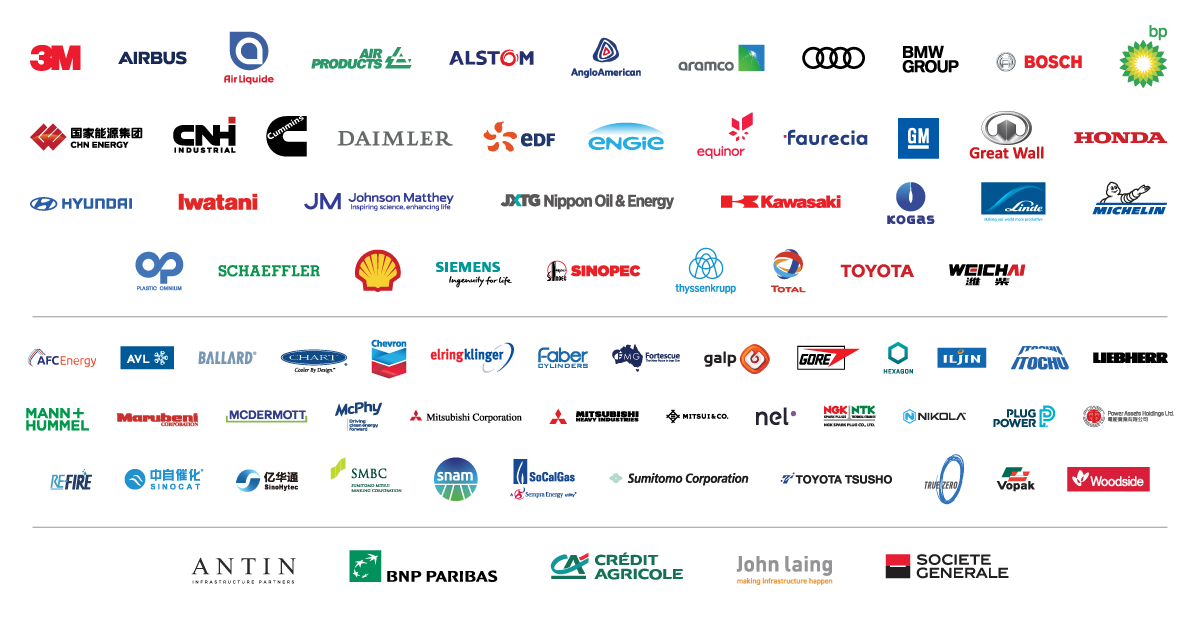Leeham News and Analysis
There's more to real news than a news release.
2021 fleet trends: small jets get bigger, bigger jets get smaller – and the old makes way for the new
Subscription Required
By Judson Rollins
Introduction
May 13, 2021, © Leeham News: Aviation data provider Cirium said last week that just under 7,850 commercial aircraft were still in storage, down from 8,684 at the beginning of the year and a peak of 16,522 at the apex of the COVID-19 crisis last April.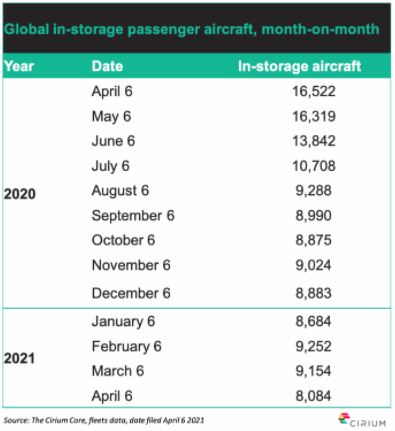
Although there was an initial spike in aircraft retirements in March and April 2020, the total number has stayed in line with historical norms to date. However, order books for most types have stagnated or even gone backward since the start of the pandemic.
A few trends are becoming clear: larger single-aisles are thriving, larger twin-aisles are disappearing, and sub-100-seat orders are flatlining. Not surprisingly, older-generation aircraft are disappearing at an accelerated rate.
Summary
- Airlines are upgauging their single-aisle orders in anticipation of lower yields and competitive battles.
- Widebody order books continue to struggle; the bigger the airplane, the worse the demand.
- Regional jet and turboprop order backlogs have stagnated.
Bjorn’s Corner: The challenges of hydrogen. Part 32. Wrap-up: Going forward
April 9, 2021, ©. Leeham News: Last week we made a summary of the history of initiatives for sustainable aviation, now we look at the likely developments over the next 10 years.
What is the likely development for different classes of airliners and what technologies will be popular?
Pontifications: Recovery plans from the pandemic at ATR, De Havilland
March 29, 2021, © Leeham News: Aviation stakeholders’ attention understandably focuses on Airbus and Boeing as the industry works its way through the COVID-19 pandemic. Embraer gets less attention than the Big Two.
But two other OEMs must be considered as well: ATR and De Havilland Canada.
Outside of China and Russia, whose home-grown industries sell only to these markets, ATR and DHC are the only manufacturers of turboprops in the 50-90 seat sectors.
LNA revealed on Jan. 12 that DHC would suspend Dash 8-400 production after the small backlog rolled off the assembly line. The privately held company delivered 11 airplanes last year due to the pandemic.
About 900 aging regional turboprop aircraft need to be replaced in the coming years.
De Havilland to pause production this year after backlog built
By Scott Hamilton
Jan. 12, 2021, © Leeham News: De Havilland Canada will pause production later this year when the current Dash 8-400 backlog is assembled.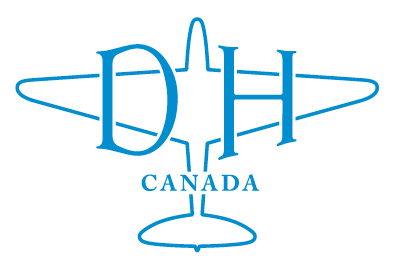
According to data reviewed by LNA, there are 17 Dash 8s scheduled for delivery to customers this year. There are two more that don’t have identified customers. It is unclear if these will be built.
DHC notified suppliers to stop sending parts and components to avoid building whitetails.
De Havilland assembled the Dash 8s at the Toronto plant previously owned by Bombardier. The lease on the facility expires in 2023. There is no decision whether to move the final assembly line to Western Canada, where DHC is headquartered.
Outlook 2021: Turboprops challenged
Subscription Required
By Judson Rollins & Bjorn Fehrm
Introduction
Jan. 11, 2021, © Leeham News: COVID-19 may ultimately prove to be a net positive for turboprop manufacturers. Near-term orders will be pinched just as for jets, but a long-term loss of business travel and the resulting impact to airline yields will make turboprops’ superior unit costs appealing for shorter missions.
Turboprop engines create their thrust with a very high bypass ratio. The result is 30% better fuel economy than a jet. But it also means 30% lower speed. This limits turboprops to stage lengths to about half that of jets.
The market-dominating ATR and De Havilland Canada (DHC) turboprops use this base efficiency to compete against newer regional jets despite having designs which are 20 years older.
Summary
- Turboprops have attractive economics, making them a larger part of the market post-COVID.
- ATR-72, DHC-8-400 turboprops are old designs.
- The only new turboprops come from Russia (Ilyushin I-114) and China (Xian MA700), limiting their market reach.
- Embraer is keen to enter the market with a new clean-sheet design.
- Continued dominance by ATR, DHC depends on whether Embraer goes ahead.
Pontifications: Outlook 2021 Series begins today
Jan. 4, 2021, © Leeham News: Beginning today through next week, Leeham News presents its annual Outlook series for the coming year.
We’ve been doing this for years. In recent years, the Outlook reflected continued growth in commercial aviation. The industry had the longest upward tick in the more than three decades I’ve been involved in the sector.
Not this year. As I wrote before the Christmas-New Year’s holiday period, 2020 was the worst year for commercial aviation I’ve ever seen in 41 years.
This year is the beginning of the end of the COVID crisis. Yes, the vaccines began distribution in December, but large spikes in COVID cases began simultaneously and are predicted to climb higher through the first quarter.
Over the coming days, as LNA provides its Outlook for 2021, readers will see what we believe will happen.
Podcast: 10 Minutes About Embraer’s Turboprop
Dec. 7, 2020, (c) Leeham News: Embraer studies whether to develop a new generation turboprop to compete with and replace the ATR-72 and De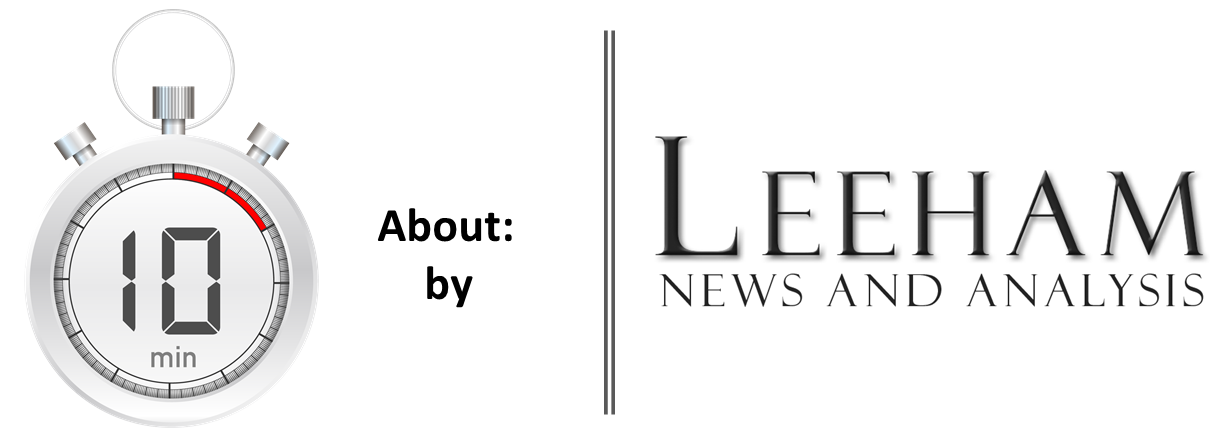 Havilland Canada Dash 8-400. Both of these airplanes were designed in the 1980-90s, although each went through updates and modernization.
Havilland Canada Dash 8-400. Both of these airplanes were designed in the 1980-90s, although each went through updates and modernization.
Developing a new turboprop has lots of challenges. Not the least is the size of the market.
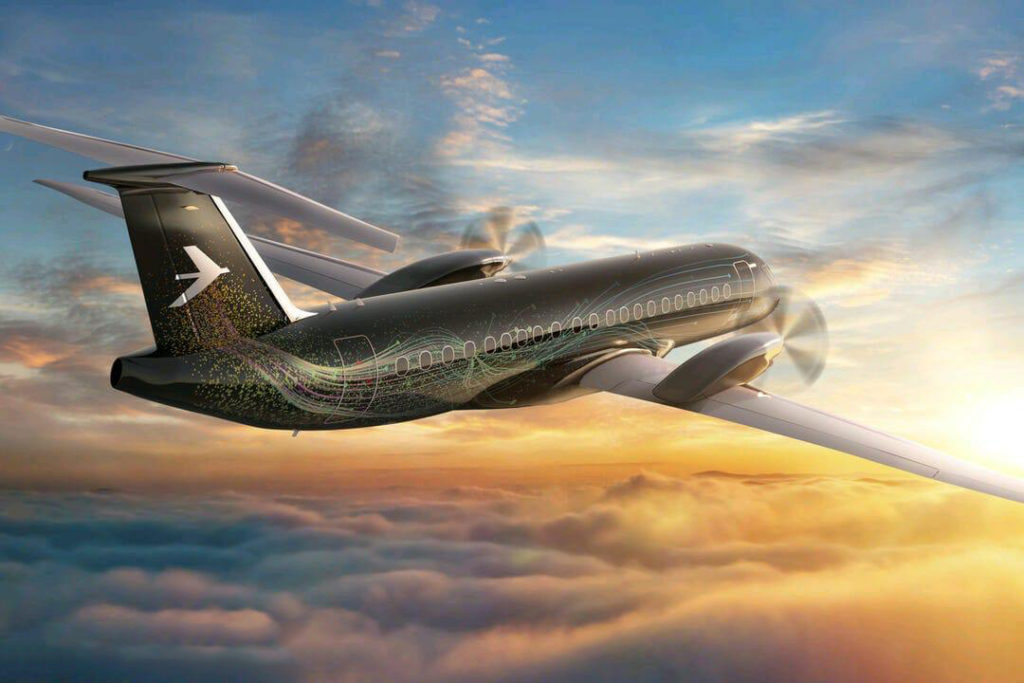
Embraer’s preliminary concept for a new generation turboprop airliners. Source: Embraer.
LNA’s Scott Hamilton and Bjorn Fehrm discuss the Embraer “E3” concept in the next installment of the “10 Minutes About” series of podcasts.
Bjorn’s Corner: The challenges of Hydrogen. Part 2. Ecosystem.
July 31, 2020, ©. Leeham News: In our series on Hydrogen as an energy store for airliner use we begin by looking at the needed ecosystem that can produce and distribute Hydrogen.
When I was skeptical about hydrogen as a means to propel our airliners three years ago, the main problem was the lack of this ecosystem. That year, in 2017, 13 transport and energy companies formed the Hydrogen Council, to create this ecosystem. Today the council has 81 members, with 22 joining in the last year, Figure 1. The list reads as Who’s Who in the transport and energy sector.
Looking ahead for 2020 and 2030 decades: ATR & De Havilland Canada
Subscription Required
Seventh and final in a series.
By Judson Rollins
Introduction
Jet manufacturers typically introduce a new airplane every 15 years or so.
Commercial turboprops have not innovated to nearly the same extent as jets, with rival manufacturers ATR and De Havilland Canada (and predecessor Bombardier) having produced nearly 95% of the world’s in-service fleet. Although order volume has slowed in recent years, more than 300 aircraft are still on order.
Both manufacturers sell aircraft based on 30+ year old designs. However, the market’s size is probably capped because of turboprops’ relatively low cruise altitude and speed, making them limited alternatives to regional jets beyond roughly 500nm. This limits the return on investment from a clean-sheet design, either from aerodynamic improvements or the use of carbon composites.
Emerging threats lie on the horizon as China’s Xian MA700 nears its first flight and Embraer deliberates re-entering the market with a new design. Given sufficient market acceptance, either would constitute a significant threat not only to ATR and DHC, but potentially also the smaller end of the regional jet market.
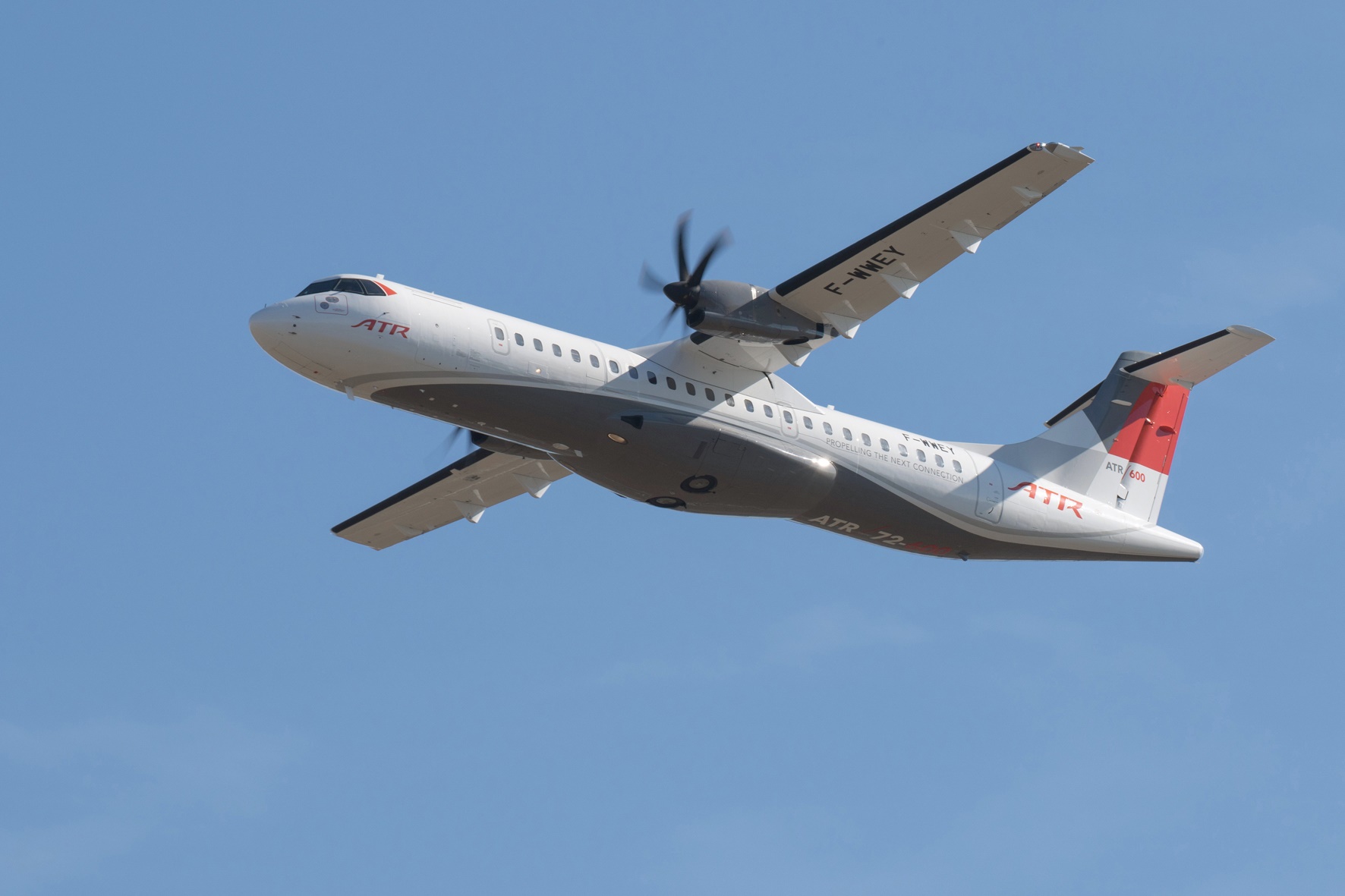 Summary
Summary
- ATR has a commanding share of the market; access to Airbus resources adds to ATR’s ability to win future business.
- DHC’s dwindling order book and high production costs limit its ability to compete.
- Old designs leave the turboprop space ripe for disruption; Embraer may re-enter the market with a clean-sheet design.








